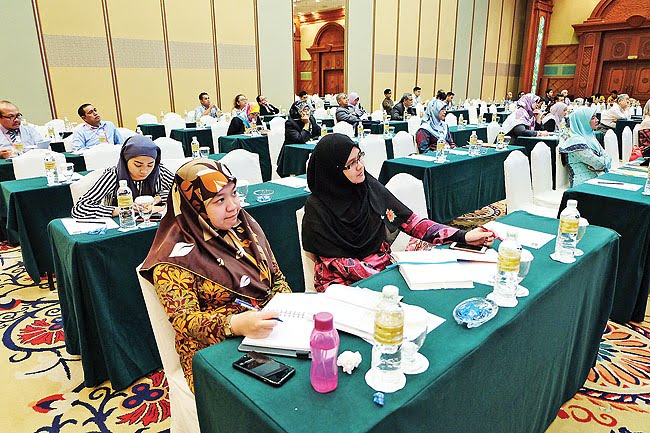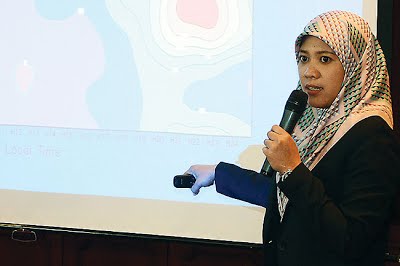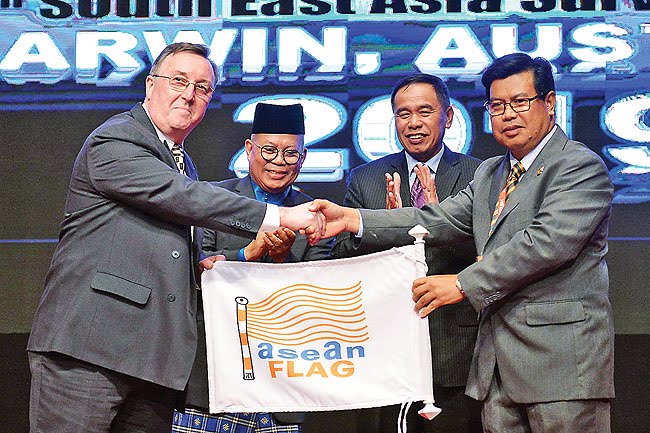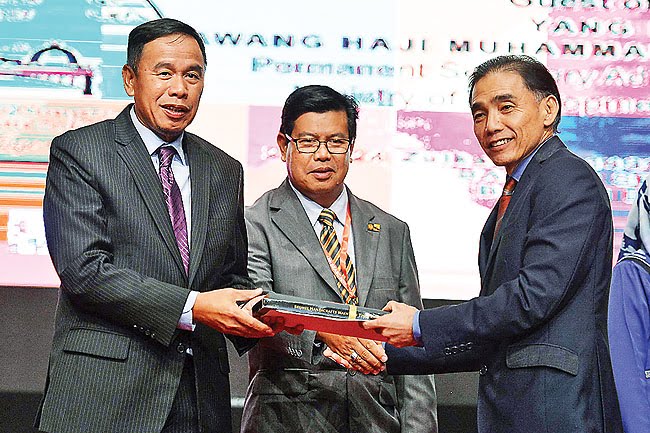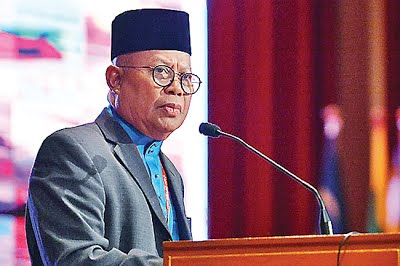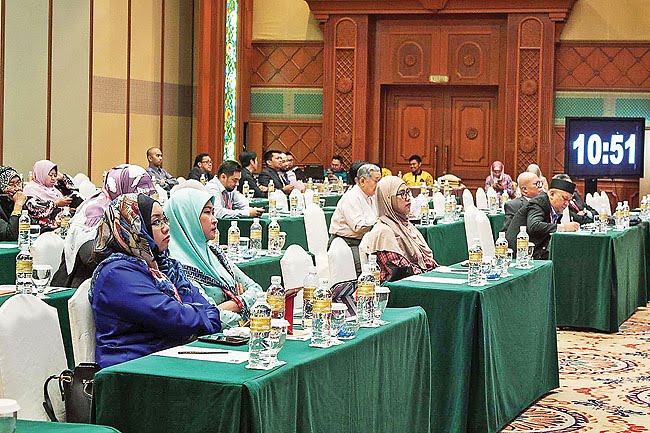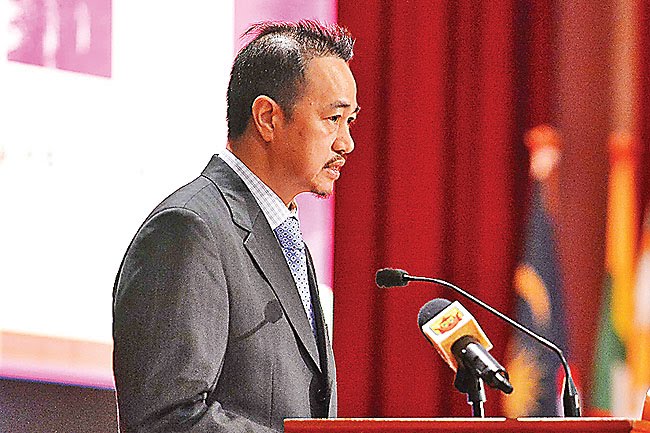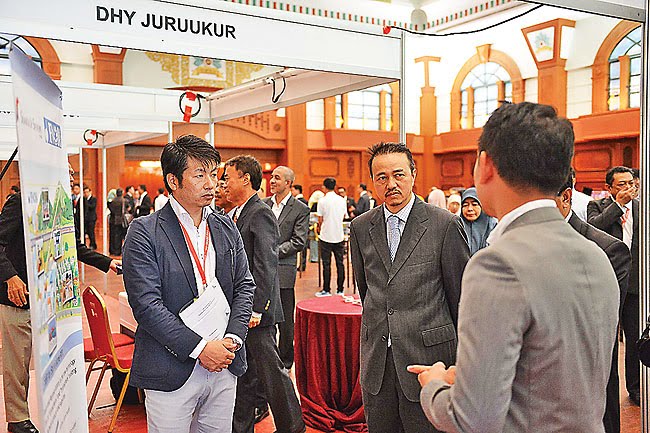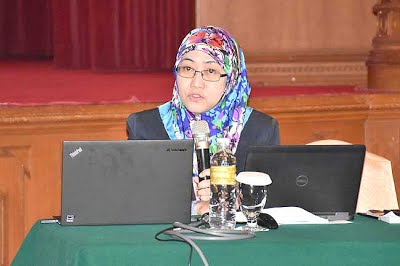18 November 2018, Sunday, Bandar Seri Begawan – Survey Department, Ministry of Development Brunei Darussalam and Brunei Institution of Geomatics (B.I.G.) celebrated the World Geographical Information Syste
One of the main roles of B.I.G. is to promote and advance the science and application of geomatics for the advancement of the community as well as to educate and extend the technical and general knowledge in the field of geomatics. The World GIS Day is an important platform to gather professionals in geomatics and those who are interested to know more about the field. Various games and activities were organised
A public awareness program on the ‘Certified Plan (CP) Online’, a new online service by the Survey Department, was also organised.


